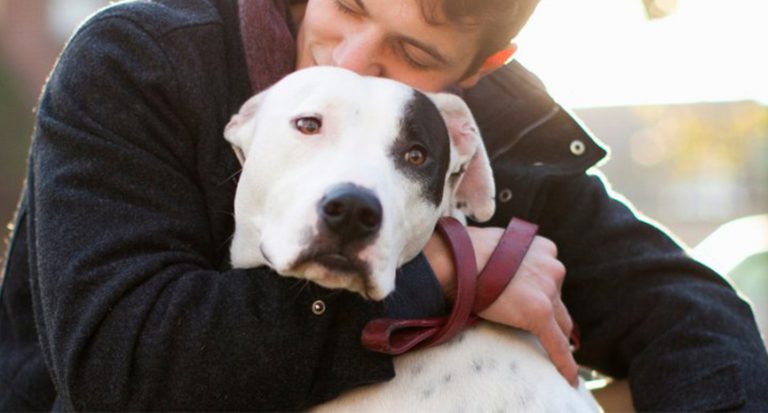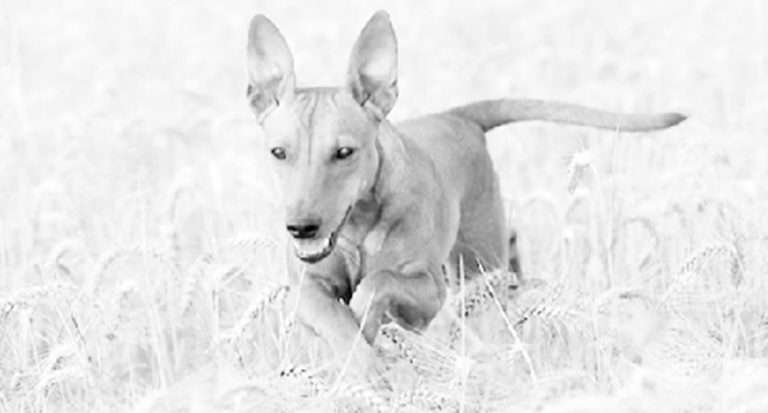Many horse facilities do not allow dogs on their premises, and for good reason. Dogs can follow their instincts and either chase or attempt to herd horses, causing stress or injury to horse, rider or dog. Whether you are the owner of the dog or the horse, you may be held legally liable for any harm caused to the other animal.
However, if you are lucky enough to own your own acreage or board at a facility that allows well-behaved dogs, you have a wonderful opportunity to bring two of your favorite companions together for a fun time. All it takes is a little planning.
A good introduction can help ensure peaceful co-existence. The first step is to ensure that your dog (adult or puppy) has learned some basic obedience commands. This establishes your control over Fido and will encourage him to look to you for direction in a new situation. Fido should always be leashed for the introduction.
The next step is to determine how excited your dog will be when confronted by a horse. There are several potential reactions:
- Excitement
Many of the herding breeds (cattle dogs, border collies and Shetland sheepdogs, for example) can become so excited by their desire to control the movement of your horse, that they will bark and strain at their leashes. Do not punish your dog. He is only following his instincts and it is your job to teach him to control them. However, letting a dog that reacts like this close to horses is unfair and dangerous. Remove Fido to a distance where he can manage a bit more self-control and work on your obedience. Whenever Fido sits or stands quietly, reward him with a quiet patting or a treat. You should be able to move a little closer each time your dog visits. Puppies are usually easier to control than older dogs because their focus is mostly on you anyway, however, their attention spans are short, so keep your sessions brief.
- Fear
Forcing a frightened dog towards your horse will not endear them to the relationship you are trying to build and may even provoke a defensive attack. Use the same technique as above, with several sessions of observing from a comfortable distance. Whenever possible, walk Fido through the barn when the horses are in their stalls so he can fill up on the scents and sounds of horses without having to confront them. It is important to keep your voice and body language confident and upbeat.
Important note: dogs that react aggressively are most likely afraid as well. However, the barn is not the place to be training a dog that tends to react aggressively to an uncomfortable situation. Build the dog’s confidence up elsewhere or seek a professional trainer experienced in working with aggression.
- Curiosity
Now you’ve got something to work with! Assuming your horse is comfortable with the approach of your dog, let Fido come in quietly on a loose leash. Tightening up on the leash will transmit anxiety to your dog. Praise your dog for approaching quietly. Once horse and dog have shared in a few seconds of mutual sniffing, give a calm “come” command and back away. Bring your dog away from the horse for some effusive praise or a treat. Only when you know that you have full control over him and that your horse is comfortable with Fido’s presence should the leash ever come off. Now you can spend time with your horse while Fido is tied nearby. Quiet time in each other’s presence will help both animals become comfortable with one another.





